The dynamic evolution of music has seen the rise of countless movements, each leaving a unique imprint on the cultural landscape. Among these, abstract hip hop movements have emerged as a fascinating chapter in the story of hip hop culture, blending innovation, creativity, and artistic expression like never before. This enigmatic style, often referred to as abstract hip hop, has captured the attention of music enthusiasts and critics alike, offering a fresh perspective on the art form. From its origins to its influence on modern music, abstract hip hop continues to redefine boundaries and inspire new generations of artists. In this comprehensive guide, we will explore the essence of abstract hip hop, its distinct characteristics, and the artists who have shaped this movement. Whether you’re a seasoned fan of hip hop or a curious newcomer, this journey through abstract hip hop will provide valuable insights into its history, styles, and enduring legacy.
Key Takeaways
– Pioneered Abstract Hip Hop: Ced Gee and Kool Keith of Ultramagnetic MCs introduced abstract hip hop in 1988 with Critical Beatdown, blending stream-of-consciousness lyrics and idiosyncratic rhythms.
– Evolved into a Cultural Movement: Abstract hip hop expanded, influenced by jazz, funk, and electronic music, becoming a significant subgenre within the hip-hop community.
– Shifted Music Landscape: By the early 2000s, alternative hip-hop emerged, replacing gangsta rap’s dominance and introducing diverse sounds and themes.
– Innovative Artists Redefined the Genre: Kanye West and OutKast redefined hip-hop with experimental sounds, pushing creative boundaries and inspiring future artists.
– Kendrick Lamar’s Versatility: Known primarily as hip-hop, Lamar incorporates rap, R&B, and live instrumentation, showcasing his unique style across sub-genres.
– Focus on Musical Diversity and Intellectual Depth: Abstract and alternative hip-hop explore varied influences and themes, appealing to a broad audience while maintaining artistic integrity.
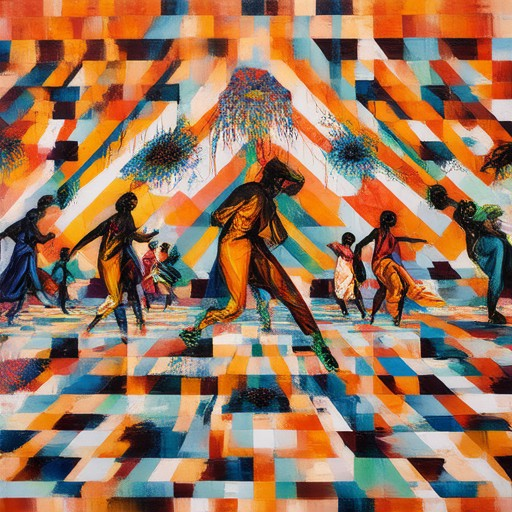
What is an Abstract Hip Hop?
Abstract Hip Hop is a dynamic platform dedicated to exploring the vibrant world of hip hop culture. We dive deep into music, art, and lifestyle, providing insightful coverage of the genre’s most innovative movements.
Our Mission
At Abstract Hip Hop, we specialize in uncovering the cutting-edge trends and artists shaping today’s music scene. Our platform is a hub for fans seeking fresh perspectives and exclusive content on experimental and avant-garde hip hop.
Exploring the Unique Sounds
Abstract Hip Hop isn’t just about beats and rhymes—it’s about pushing boundaries. We cover a wide range of influences, including spoken word, jazz, funk, and electronic elements, giving our audience a taste of the genre’s diverse possibilities.
Competing Platforms
While we are passionate about our own brand, we acknowledge the competition. Here are a few notable platforms in the space:
- HipHopDX – Known for its extensive coverage of mainstream and underground hip hop.
- XXL Magazine – A leading source for hip hop news, interviews, and features.
- RapGenius – Famous for its lyrical analysis and deep dives into song meanings.
Community Engagement
Abstract Hip Hop thrives on community interaction. We host regular discussions, Q&A sessions, and live events featuring emerging artists. Join us to connect with like-minded fans and stay ahead of the curve in hip hop culture.
Conclusion
Abstract Hip Hop is more than just a website—it’s a movement. We’re committed to fostering creativity, challenging norms, and bringing you the freshest perspectives in the world of hip hop.
Understanding Abstract vs. Experimental Hip-Hop
Distinguishing between abstract and experimental hip-hop can seem challenging, but understanding their unique characteristics helps clarify their differences and contributions to the genre.
Abstract Hip-Hop
Abstract hip-hop is defined by its lyrical depth and unconventional approaches to songwriting. Artists in this category often focus on complex themes, poetic structures, and innovative rhyme schemes. The emphasis is less on traditional beats and more on the intellectual and artistic value of the lyrics themselves. Abstract hip-hop draws influence from various genres, including jazz, spoken word, and electronic music, creating a rich tapestry of sounds and narratives.
Experimental Hip-Hop
Experimental hip-hop, on the other hand, prioritizes musical innovation and boundary-pushing production. Artists in this subgenre often incorporate unconventional instruments, electronic elements, and unique beats that deviate from mainstream hip-hop norms. The focus is on creating forward-thinking sounds and exploring uncharted sonic territories. Groups like Public Enemy and Beastie Boys are often cited as pioneers of experimental hip-hop due to their groundbreaking production techniques and integration of diverse musical styles.
Overlap Between Abstract and Experimental Hip-Hop
Interestingly, abstract and experimental hip-hop often intersect. Many artists blend both lyrical depth and musical innovation, creating a hybrid sound that defies easy categorization. This overlap highlights the genre’s evolution and the constant push for artistic progression in hip-hop culture.
Examples and Impact
Artists like Jean Grae exemplify abstract hip-hop through her intricate lyrical patterns and thematic exploration, while groups like Flying Lotus and Dilla Antidote represent the experimental side with their avant-garde productions. Both subgenres have significantly influenced the broader hip-hop landscape, contributing to its growth and diversity.
By understanding these distinctions, fans can better appreciate the nuanced contributions of abstract and experimental hip-hop to the genre’s legacy and ongoing evolution.
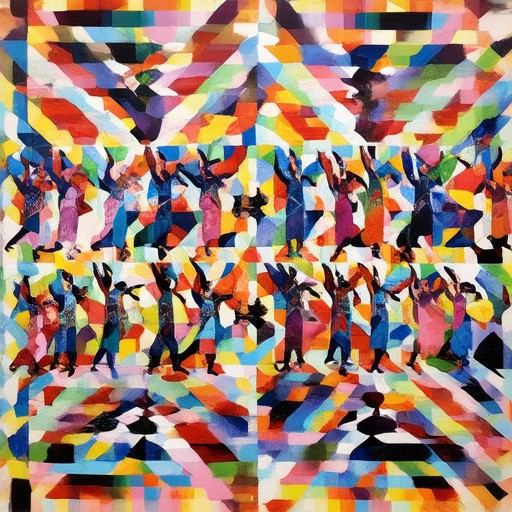
What Are the Movements of Hip Hop Dance?
Hip hop dance encompasses a vibrant array of movements that reflect the creativity and storytelling nature of the hip hop culture. These dances are often rooted in African American cultural traditions and have evolved over decades into a global phenomenon. Below are some of the most common movements associated with hip hop dancing:
Standard Techniques
- Fast Footwork : This technique involves quick, precise movements of the feet, allowing dancers to execute intricate patterns and rhythms.
- Freezes : Dancers freeze their bodies mid-movement, creating dramatic pauses that highlight control and timing.
- Powermoves : These are bold, exaggerated movements that showcase strength and energy, often used to make a statement or impress the audience.
- Downrocks and Toprocks : Downrocks involve moving downward while maintaining balance, while toprocks require moving upward in a controlled manner.
Popular Styles
- Breakdance : Originating from the streets of New York City, breakdance is characterized by its high-energy, acrobatic moves and fluid transitions between poses.
- Popping : This style focuses on sudden, sharp movements that create visual impact, often accompanied by popping sounds.
- Locking : Known for its robotic-like movements, locking emphasizes precision and timing, often performed in isolation.
- House Dance : A Chicago-based style that blends hip hop with house music, featuring smooth, fluid movements and a focus on rhythm.
Cultural Impact
Hip hop dance has had a profound influence on modern culture, shaping fashion, music, and social expression. It has also inspired various forms of physical fitness programs and performances worldwide. The movements continue to evolve, reflecting the dynamic nature of the art form.
Conclusion
From its roots in African American culture to its global reach, hip hop dance remains a powerful medium for self-expression and storytelling. Whether you’re watching it on stage, in music videos, or in the streets, the movements of hip hop dance are a testament to the creativity and resilience of this iconic art form.
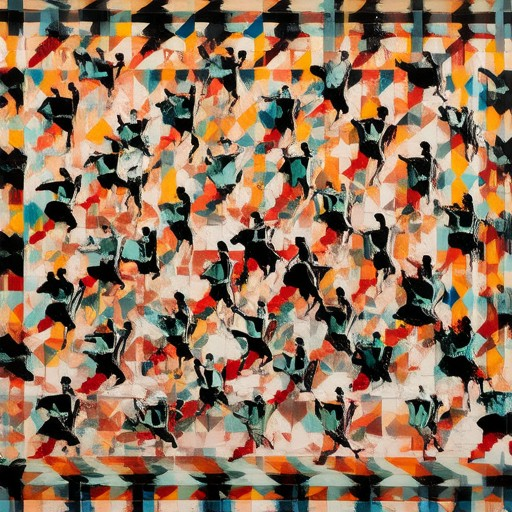
Who Invented Abstract Hip Hop?
Abstract hip hop originated in the late 1980s within the underground music scene. The style is widely recognized to have been pioneered by rappers Ced Gee and Kool Keith, both members of the group Ultramagnetic MCs. Their groundbreaking debut album, Critical Beatdown , released in 1988, marked the beginning of this unique subgenre. This album featured stream-of-consciousness lyrics, delivered with idiosyncratic syncopations in rhythm, alongside pseudoscientific terminology and absurdist humor, setting a benchmark for abstract hip hop.
Abstract hip hop distinguishes itself through its experimental nature, incorporating influences from various genres such as jazz, funk, and electronic music. The genre often explores intellectual themes and uses intricate beats, making it stand apart from conventional hip hop. While the style initially existed as a niche scene, it has since grown into a significant cultural movement within the hip hop community, inspiring numerous artists and expanding its reach over the years.
The evolution of abstract hip hop has seen contributions from artists like Mr. Dibbs and The Roots, who further blended live instrumentation and deeper subject matter into the genre. The origins of abstract hip hop remain rooted in the innovative spirit of its pioneers, who laid the groundwork for its development and lasting impact.
What Replaced Gangsta Rap?
During the early 2000s, alternative hip-hop emerged as a dominant force in the music industry, partially replacing the dominance of gangsta rap. Alternative hip-hop expanded beyond the traditional East Coast and West Coast styles associated with gangsta rap, incorporating a wider variety of musical influences and themes. This shift occurred due to the decline in commercial viability of gangsta rap and the rise of crossover artists like OutKast and Kanye West, who brought alternative styles into the mainstream.
Key Aspects of Alternative Hip-Hop
- Musical Diversity : Alternative hip-hop blended genres like avant-garde production, spoken word, jazz, funk, and electronic beats, creating a sound that differed significantly from traditional gangsta rap.
- Cultural Impact : The genre explored social issues, experimental sounds, and artistic innovation, appealing to a broader audience while maintaining intellectual depth.
- Artists Who Paved the Way : Artists such as Kanye West, OutKast, and others redefined hip-hop, introducing experimental sounds and pushing creative boundaries.
Evolution and Influence
- Commercial Success : Alternative hip-hop’s popularity grew as gangsta rap’s dominance waned, leading to a shift in the music landscape.
- Cultural Significance : The genre became a hub for underground movements, emphasizing avant-garde techniques and unconventional sounds.
For more information on the evolution of alternative hip-hop and its impact, visit AbstractHipHop.com .
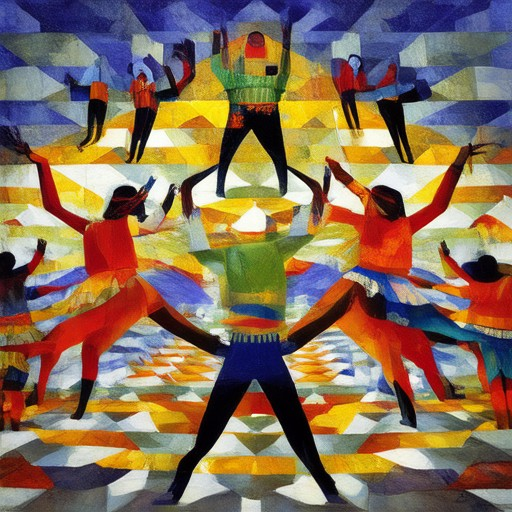
Genre of Kendrick Lamar
Kendrick Lamar is primarily categorized under the hip-hop genre. His music, however, incorporates various sub-genres such as rap , hip-hop , and occasionally elements of R&B . His unique style, which often includes live instrumentation and introspective lyrics, has led to him being recognized across these sub-genres.


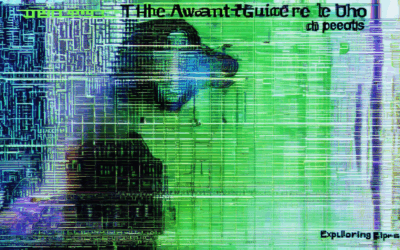


0 Comments